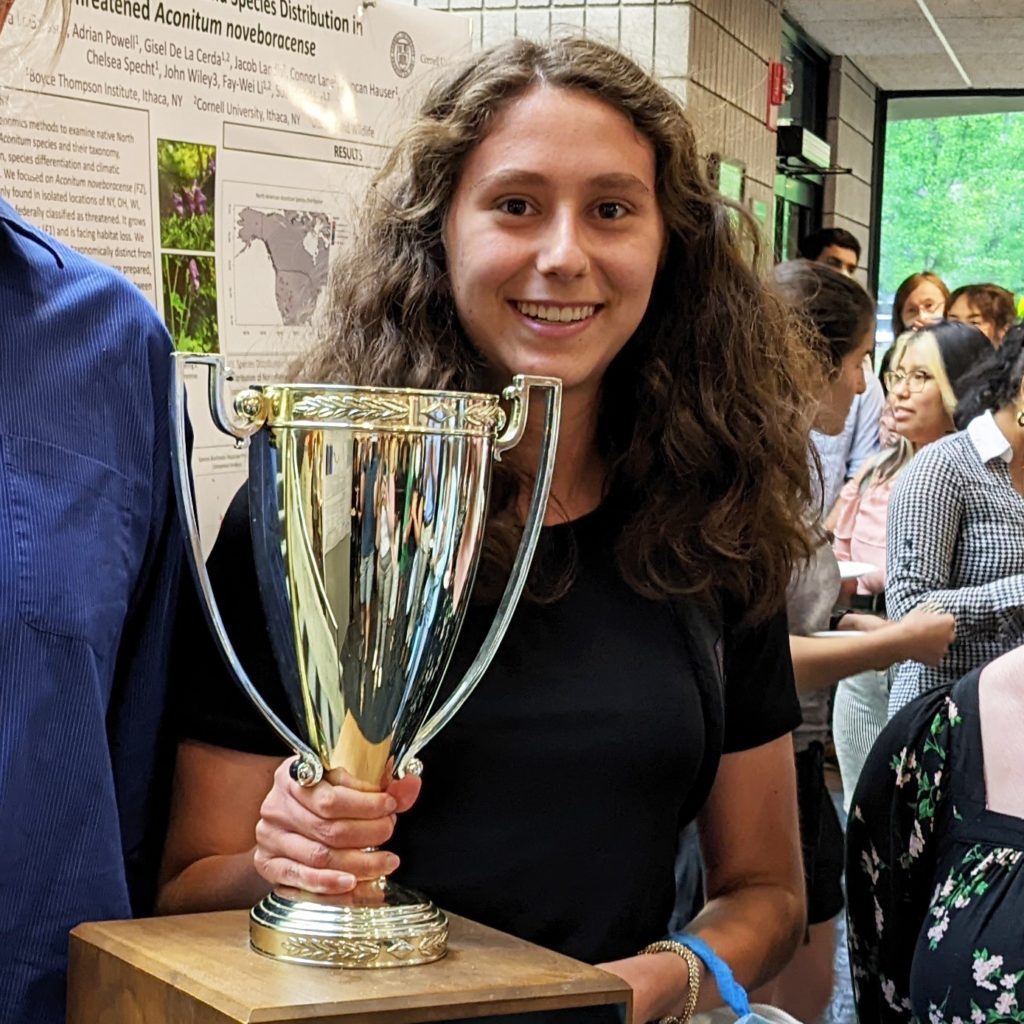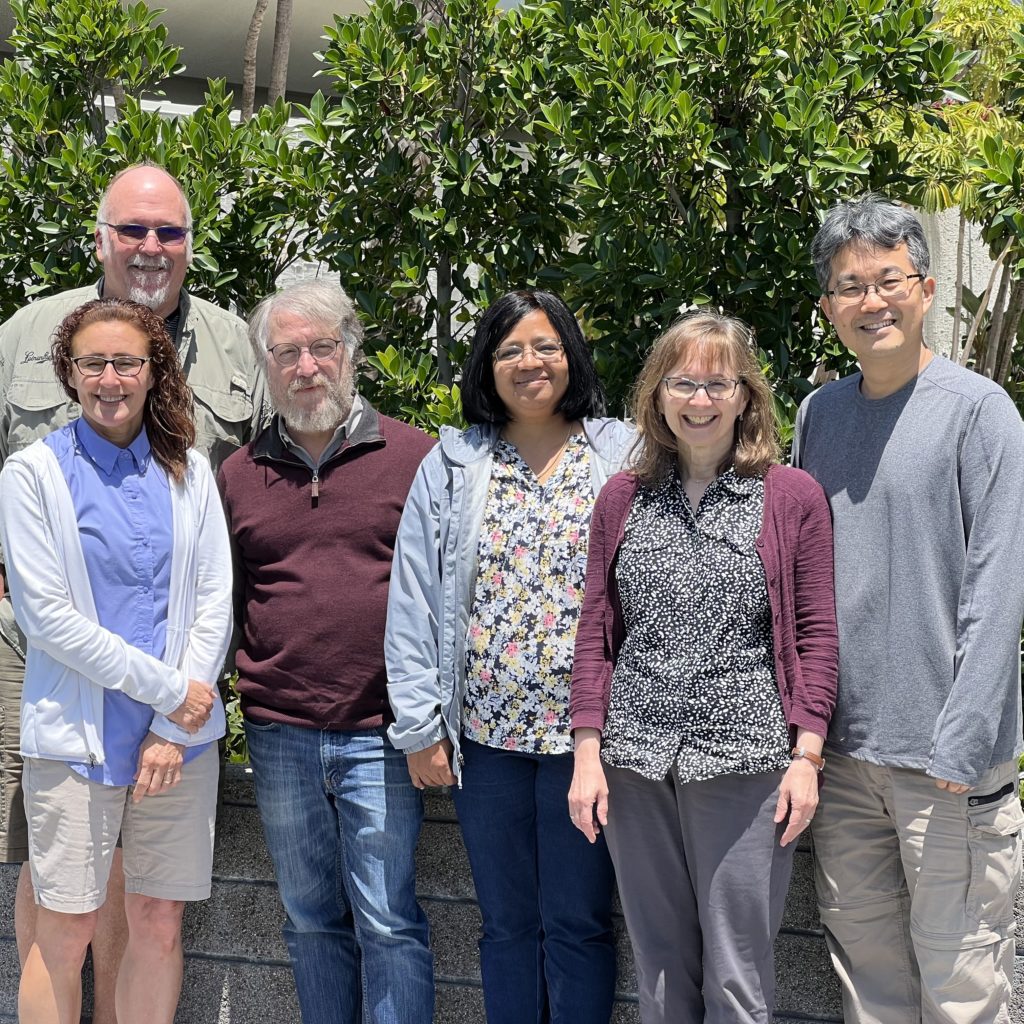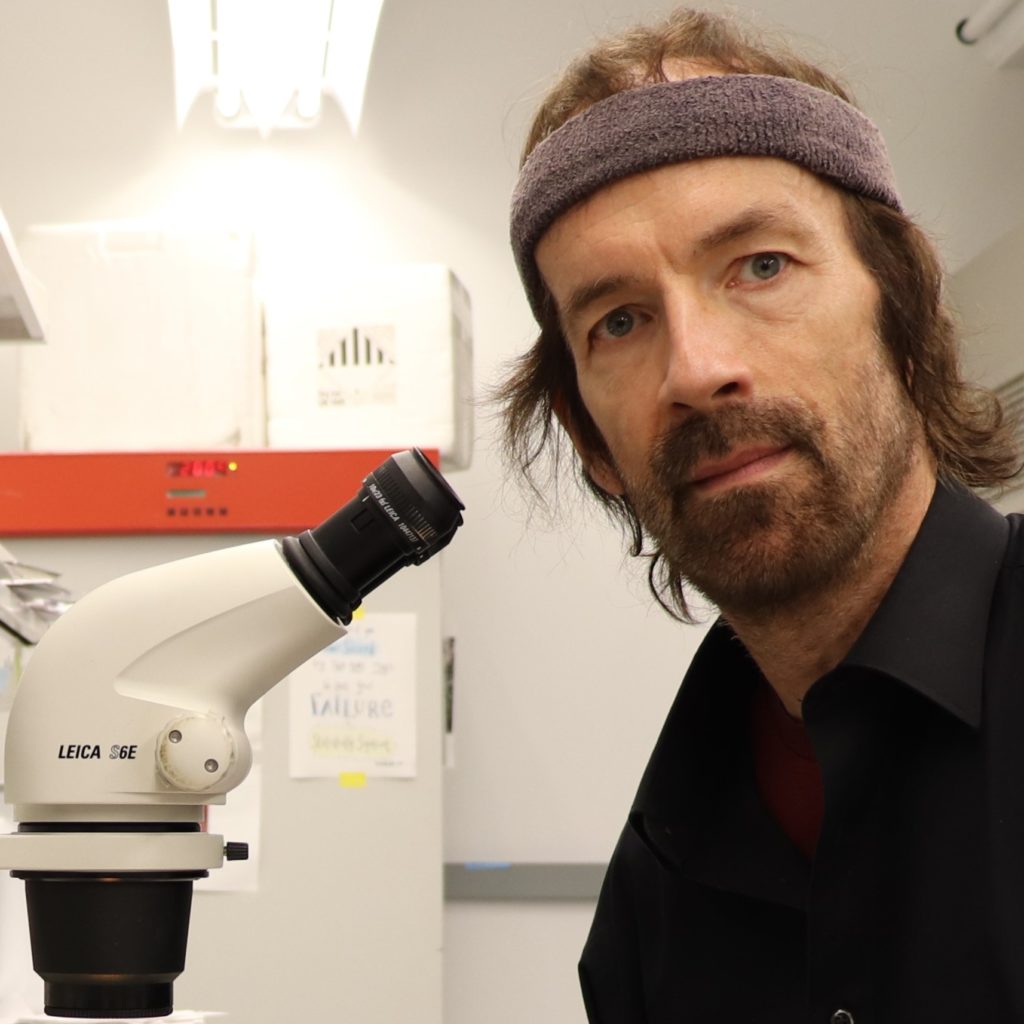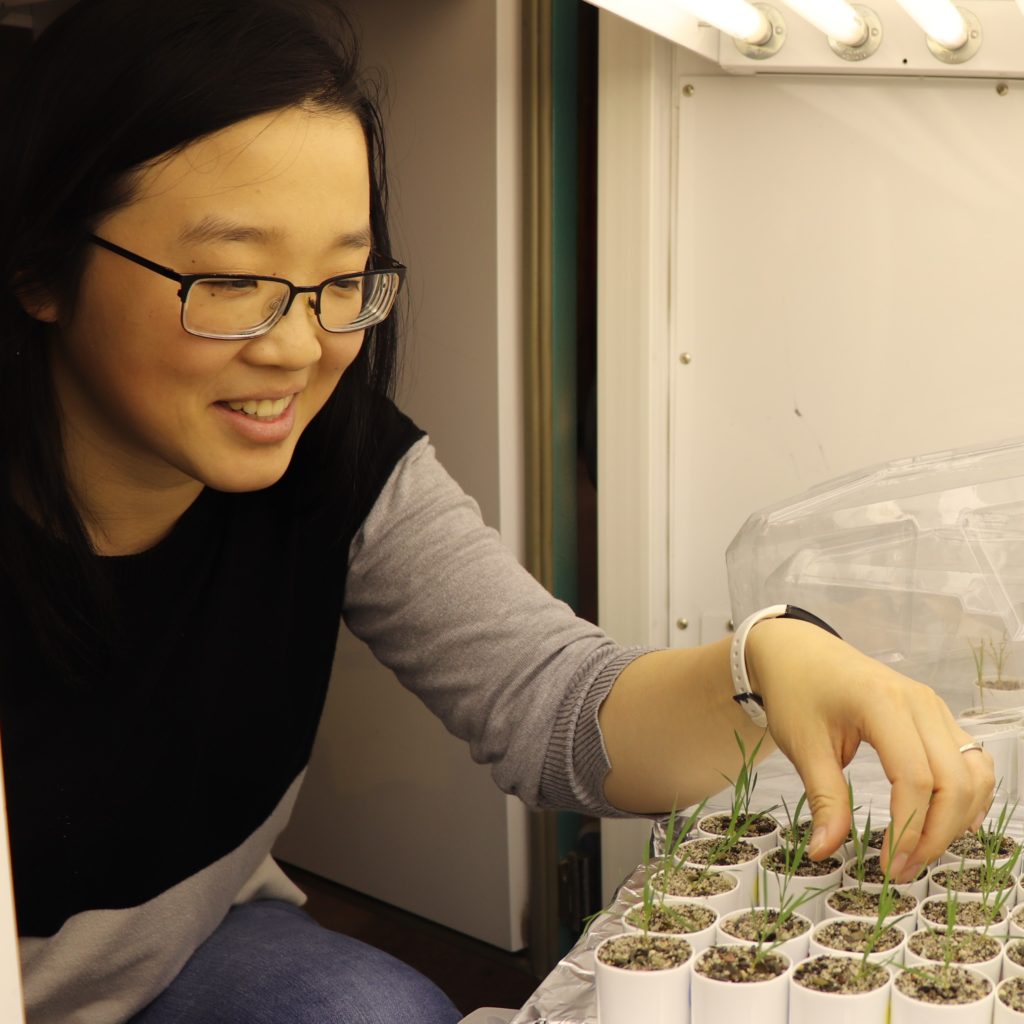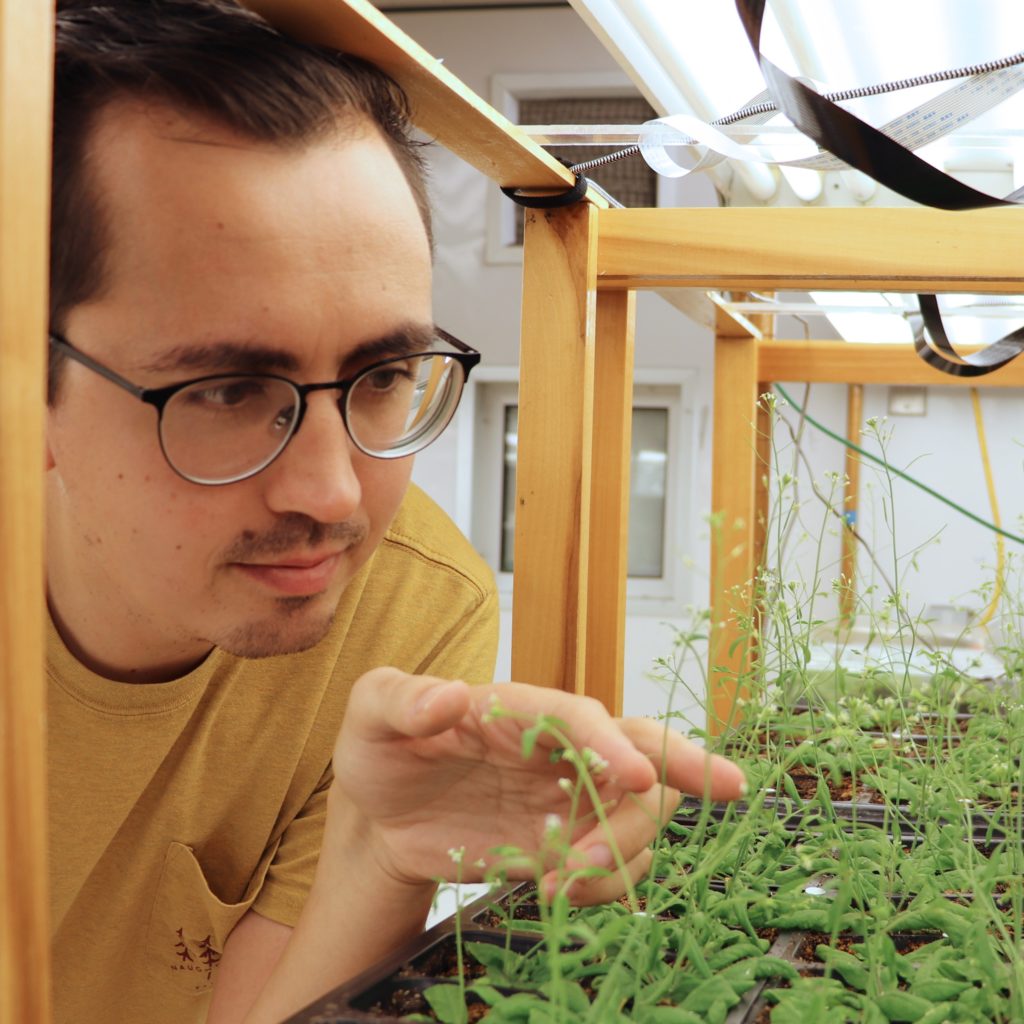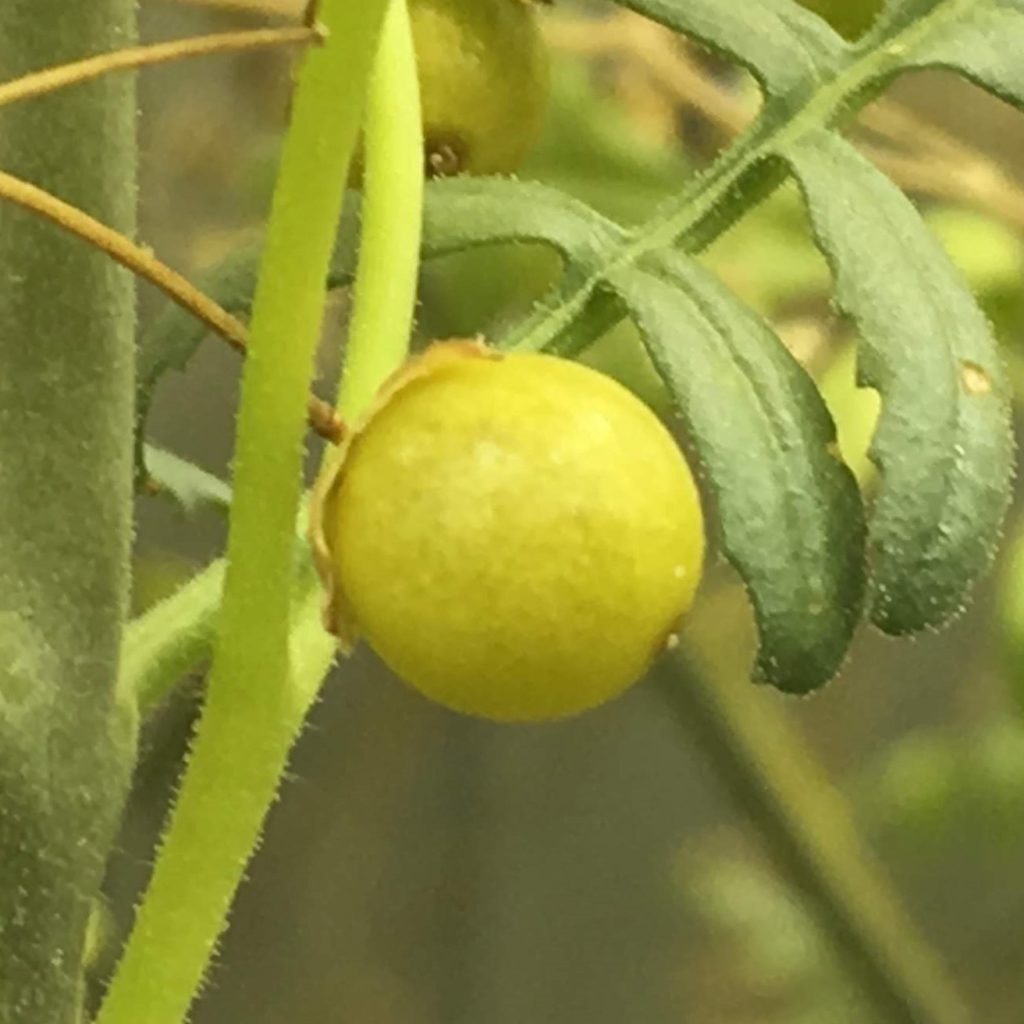Reflections on Jay Jacobson (1934 – 2022)
We at BTI were sad to hear of the passing of Dr. Jay Jacobson, a plant physiologist who spent 35 years conducting research in the Environmental Biology group at the Institute. During the 1960s and 1970s, scientists began to recognize that the most serious and...
Reflections on Vladimir “Vlado” Macko (1930 – 2022)
We at BTI were sad to hear of the passing of Dr. Vladimir “Vlado” Macko, a plant biochemist who spent nearly 30 years conducting research at BTI. After joining BTI to work on rust fungi in December 1969, Macko and his colleagues discovered the chemical nature of...
BTI Celebrates Another Year of Successful Summer Internship Programs
Boyce Thompson Institute celebrated its 22nd annual Plant Genome Research Program (PGRP) summer internship program with an award ceremony at the George and Helen Kohut Symposium, which was held at the Institute on August 4. BTI also concluded the fourth year of its...
Interstellar: Interview with Dr. Greg Martin, newly elected member of the National Academy of Sciences
Interview of Dr. Martin conducted by Haesong Kim, PhD student at Pohang University of Science and Technology, Korea.
PlantGENE to catalyze plant biotechnology improvement
As the global population booms and climate change continues, improving crops to produce more food, use less resources like water and pesticides, and survive harsher environments will be needed to feed the planet sustainably. For example, fungal diseases are...
Worms as a model for personalized medicine
Tailoring a person’s diet or medicine based on their genomes has been a goal of the medical community for decades, but the strategy has not been widely successful because people metabolize chemicals differently. A drug may work differently for two patients because...
Phosphate biosensors could lead to more efficient fertilizer usage
Shiqi Zhang spent many months sitting alone in a dark room, staring intently into the lens of a confocal microscope as she focused a laser beam on plant cells mounted on a glass slide. She was measuring changes in the intensity of fluorescent light emitted by the...
The missing links: Finding function in lincRNAs
Genomes contain regions between protein-coding genes that produce lengthy RNA molecules that never give rise to a protein. These long intergenic non-coding RNAs (lincRNAs) are thought to have important functions, such as regulating responses to environmental...
Wild tomato genome will benefit domesticated cousins
Wild relatives of crops are becoming increasingly valuable to plant researchers and breeders. During the process of domestication, crops tend to lose many genes, but wild relatives often retain genes that could be useful – such as genes that confer resistance to...
New species of alga named for poet Amanda Gorman
“And so we lift our gaze, not to what stands between us, but what stands before us.” – Amanda Gorman, from “The Hill We Climb.” In 2020, a group of researchers in Fay-Wei Li’s lab at the Boyce Thompson Institute (BTI) had done what many scientists dream of...



